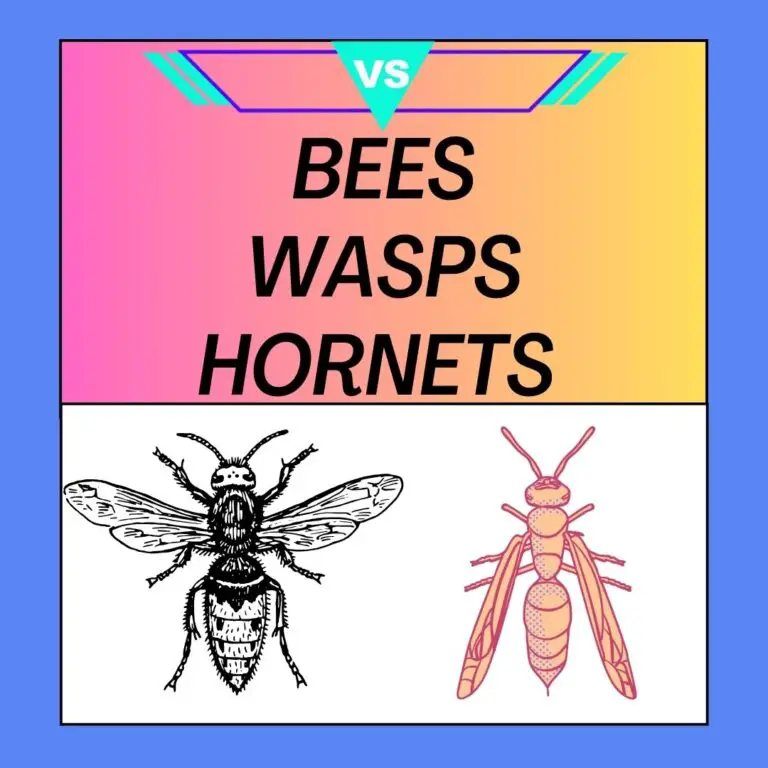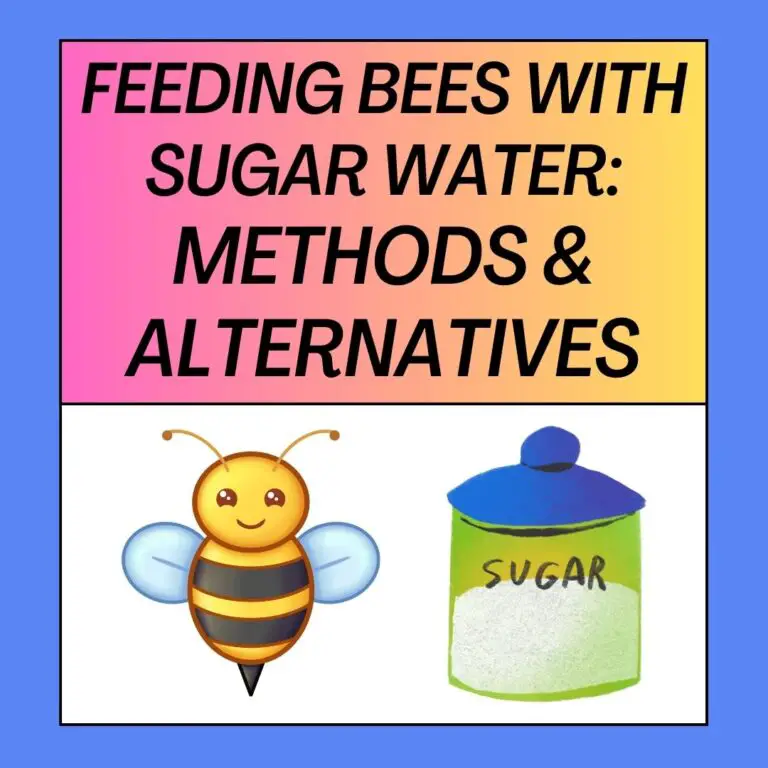
The world of honey bees is a marvel of organization and hierarchy, and at the heart of every honey bee colony is the queen bee. The queen bee plays a pivotal role in the colony, laying eggs and ensuring the survival of the hive. But how does a bee transform into a queen? What is the queen bee’s life cycle like, and how do honey bees decide who will be their queen? In this comprehensive guide, we will explore the intricate journey of how a bee becomes a queen, from her birth to her eventual role as the colony’s matriarch.
The Queen Bee – Her Birth, Life, and Death
Birth of the Queen
The journey of a queen bee begins with the laying of a special egg by the current queen. These eggs are usually laid in larger cells, known as queen cells, which are constructed by worker bees. The egg chosen to become a queen is genetically identical to other eggs but is treated differently from the start. The diet of this chosen egg is unique and plays a crucial role in her development.
Life of the Queen
Once hatched, the queen bee’s life is distinct from that of her worker bee siblings. She is the largest bee in the colony and possesses fully developed ovaries, which set her apart for her reproductive role. Throughout her life, the queen’s primary duty is to lay eggs, and she can lay up to 2,000 eggs per day during the peak of the season. Remarkably, her lifespan is considerably longer than that of worker bees, living for several years, while workers typically only live for a few weeks during the summer.
The Demise of the Queen
A queen bee’s reign is not infinite. Her eventual death, whether due to old age, illness, or injury, prompts the colony to raise a new queen. This is crucial for the colony’s survival, as without a queen, the colony cannot reproduce and will eventually dwindle. Worker bees can sense when the queen’s pheromone production decreases, signaling her decline. As a result, they prepare to replace her, ensuring the colony’s continuity.
How Do Honey Bees Decide Who Is Queen?
The Need for a New Queen
The decision to raise a new queen typically arises when the colony detects a decline in the current queen’s performance or health. This can be due to aging, disease, or other factors. Worker bees evaluate the queen’s vitality by assessing her pheromone production, the number of eggs she lays, and her overall physical condition.
2.2 Royal Jelly – The Elixir of Queens
Royal jelly is a remarkable substance secreted by worker bees, rich in proteins, vitamins, and hormones. All larvae in a honey bee colony are initially fed royal jelly, but future queens receive a much larger quantity and for a more extended period. This diet triggers physiological changes in the chosen larva, transforming it into a queen bee. The royal jelly nourishes her fully developed ovaries, ensuring her reproductive capabilities.
How Do Bees Choose the Next Queen?
Queen Rearing
Queen rearing is a complex and fascinating process orchestrated by worker bees. They carefully select a young larva from the hive, typically no more than three days old, and place her in a specially constructed queen cell. This cell is larger and vertically oriented compared to regular brood cells. The chosen larva is submerged in a pool of royal jelly, which triggers her development into a queen. Worker bees tend to her needs throughout this process.
Swarming and Supersedure
Swarming is a natural reproductive behavior in honey bee colonies. When a colony becomes overcrowded, worker bees initiate the swarming process. During this process, a new queen is raised in a special queen cell, and the old queen departs with a portion of the worker bees to establish a new colony. Supersedure, on the other hand, occurs when the colony decides to replace the current queen while she is still alive. The workers construct supersedure cells and rear a new queen.
Can Bees Make a Queen Without a Queen?
Emergency Queen Rearing
Worker bees can initiate emergency queen rearing in cases of unexpected queen loss, such as due to an accident or illness. They select a very young larva and enlarge a regular worker cell to accommodate her. This process is not as controlled as planned queen rearing, but it serves the immediate need for a new queen to ensure the colony’s survival.
Can a Worker Bee Become a Queen?
The Potential for Worker Bees to Become Queens
In certain situations, worker bees have the potential to become queens. This most commonly occurs in colonies that have lost their queen, and there are no suitable young larvae to raise a new one. In this case, a worker bee’s ovaries can develop, and she may start laying unfertilized eggs. However, these eggs can only develop into drones (male bees) as they lack the genetic contribution from a male. While a worker bee can lay eggs, she cannot replace a true queen in her full reproductive capacity
Is Every Female Bee a Queen?
Understanding the Roles of Female Bees
Within a honey bee colony, female bees serve various roles, and not every female bee becomes a queen. The colony’s organization is highly specialized, with each female bee having distinct responsibilities:
- Queen Bees: As the central figure in the colony, queen bees are responsible for laying eggs, ensuring the hive’s population growth, and emitting pheromones that regulate the behavior and harmony of the colony. They are the reproductive individuals.
- Worker Bees: Worker bees, which are all female, constitute the majority of the colony’s population. They perform a myriad of tasks, including nursing the young, foraging for food, building and repairing the hive, and protecting the colony. Their ovaries are less developed than those of the queen, so they do not lay eggs.
- Laying Worker Bees: In certain scenarios, worker bees can start laying eggs. However, these eggs can only develop into drones (male bees) because they are unfertilized. Laying worker bees is usually a sign of a queenless colony or a colony in distress.
Is There a King Bee?
The Absence of a King Bee
In the complex social structure of a honey bee colony, there is no male counterpart to the queen bee often referred to as a “king bee.” Male honey bees are called drones, and their role in the colony is quite different from that of the queen. Drones primarily serve a reproductive function. Their main purpose is to mate with virgin queens from other colonies to ensure genetic diversity. Drones do not participate in hive tasks like foraging, nursing, or protecting the colony.
The colony produces drones during the breeding season and are typically expelled from the hive during the late autumn when resources become scarce, as they do not contribute to the hive’s survival through the winter.
Why Do Bees Kill Their Queen?
The Phenomenon of Queen Supersedure
Intriguingly, honey bee colonies sometimes decide to replace their reigning queen even if she is still viable. This phenomenon is known as queen supersedure, and it has several possible reasons:
- Age: Queen bees have a finite lifespan, and as they age, their egg-laying capacity diminishes. When the colony senses that the queen’s fertility is declining, they may raise a new queen to ensure a consistent supply of eggs.
- Disease: If the queen contracts an illness, particularly one that could be transmitted to her offspring, the colony may replace her with a healthy queen.
- Behavior: Unusual or undesirable behavior from the queen, such as excessive aggression or a lack of proper egg-laying, can prompt supersedure.
- Genetic Diversity: In some cases, colonies may replace a queen to introduce genetic diversity into the hive, as mating with multiple drones increases the genetic resilience of the colony.
Queen supersedure demonstrates the colony’s ability to adapt and maintain its health and productivity.
How Long Does a Queen Bee Live?
The Longevity of a Queen
Compared to worker bees and drones, queen bees have a significantly longer lifespan. A queen bee can live for several years under optimal conditions. Her extended life is due to several factors:
- Diet: Queen bees are fed a diet rich in royal jelly throughout their larval and adult life. This nutrient-rich diet accelerates their development and contributes to their longevity.
- Reduced Physical Labor: Unlike worker bees who engage in physically demanding tasks like foraging and nursing, queens primarily focus on egg laying and emitting pheromones. This reduced physical exertion contributes to their extended lifespan.
- Colony Care: Worker bees tend to the queen’s needs, ensuring she is well-fed and protected from threats, further enhancing her lifespan.
Despite their long lives, queens eventually reach a point where their reproductive capacity diminishes, and the colony prepares for her replacement.
Queen Bee vs. Worker Bee
Contrasting Roles and Physiology
Queen bees and worker bees have distinct roles and physical characteristics that reflect their roles within the colony:
- Size: Queen bees are the largest in the colony, with a more elongated abdomen compared to worker bees. This size difference is related to their reproductive role and the need to accommodate developing eggs.
- Ovaries: Queen bees possess fully developed ovaries, allowing them to lay eggs, while worker bees have smaller, less-developed ovaries.
- Stinger: Queen bees have a functional stinger but rarely use it for defense. Worker bees have functional stingers and use them for defending the colony.
- Lifespan: Queens live several years, whereas worker bees live for several weeks during the summer months. Worker bees have a more physically demanding life, leading to a shorter lifespan.
Queen Bee Life Cycle
The Stages of a Queen Bee’s Life
The queen bee’s life cycle comprises several distinct stages:
- Egg Stage: The queen bee begins her life as an egg, laid by the current queen. The egg hatches into a larva after a few days.
- Larval Stage: The larva is cared for by worker bees who feed her a copious amount of royal jelly, which triggers her development into a queen. This stage lasts for about five days.
- Pupal Stage: The larva spins a cocoon and enters the pupal stage, during which she undergoes metamorphosis, transforming into an adult bee. This stage lasts about eight days.
- Adult Stage: Once fully developed, the new queen chews out of her cell. If she is the first to emerge, she may eliminate rival queens before they can emerge.
- Reigning Queen: Upon emergence, the new queen embarks on her journey to mate with drones. After mating, she begins her role as the colony’s central figure, laying eggs and emitting pheromones to regulate colony behavior.
This life cycle is a testament to the intricate nature of honey bee colonies and the essential role that queen bees play in their survival and reproduction.
Conclusion
The transformation of a bee into a queen is a captivating journey within the intricate world of honey bee colonies. Understanding the queen bee’s life cycle, from her birth to her vital role as the colony’s leader, provides valuable insights into the remarkable nature of these essential pollinators
frequently asked questions (FAQs) about queen bees:
Do Bee Queens Mate?
Yes, queen bees do mate. Mating is a crucial part of the queen bee’s life cycle. She embarks on nuptial flights during the early weeks of her life to mate with multiple drones from other colonies. These mating flights allow her to collect and store sperm, which she uses to fertilize eggs throughout her life.
Is Queen Bee A Real Thing?
Yes, the queen bee is a real and essential component of a honey bee colony. The term “queen bee” refers to the colony’s fertile, egg-laying female bee, which holds a central position in the hive’s social structure. The queen bee’s role is pivotal to the colony’s survival and function.
How Many Queens Are There In a Honey Bee Colony?
In a typical honey bee colony, there is usually only one queen bee. This solitary rule is a result of the colony’s strict social structure. While there may be situations, such as swarming or supersedure, where a colony temporarily has more than one queen, ultimately, only one queen remains as the colony’s ruler.
Is The Queen Bee A Virgin?
Before mating, the queen bee is a virgin. She leaves the hive as a virgin queen on nuptial flights to mate with drones from other colonies. Once she has successfully mated during these flights and stores sperm in her body, she loses her virginity. This transition marks the beginning of her role as the colony’s egg layer.
Can A Queen Honey Bee Fly?
Yes, a queen honey bee can indeed fly. Queen bees, like worker bees, have well-developed wings that enable them to take flight. They primarily fly during their maiden flights and, occasionally, when a colony swarms. After her mating flights, a queen bee typically remains within the hive for the rest of her life, focusing on egg laying and colony leadership.
What Is A King Honey Bee?
There is no “king” honey bee in the traditional sense. Male honey bees are called drones. Drones have specific roles within the colony, primarily mating with queens from other colonies. They do not possess stingers and are incapable of foraging or defending the hive. The term “king bee” is not used in the context of honey bee biology.






